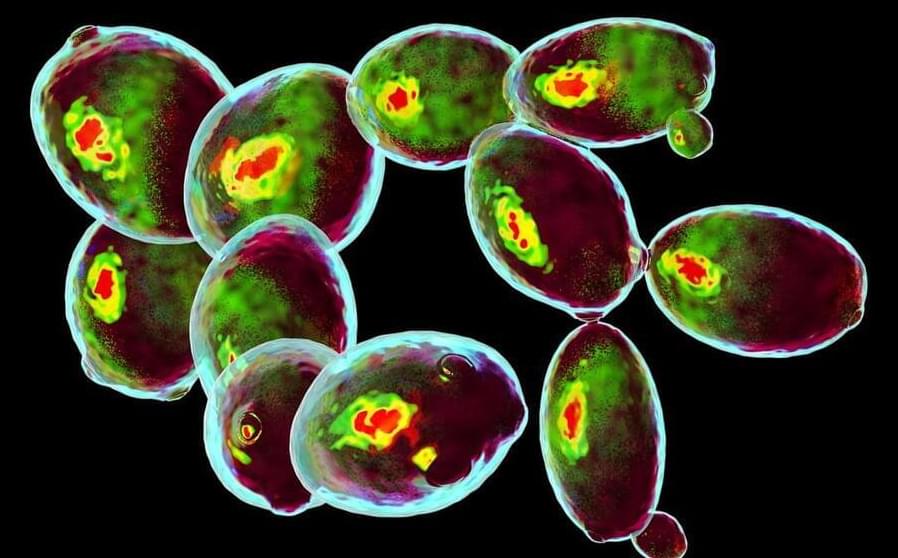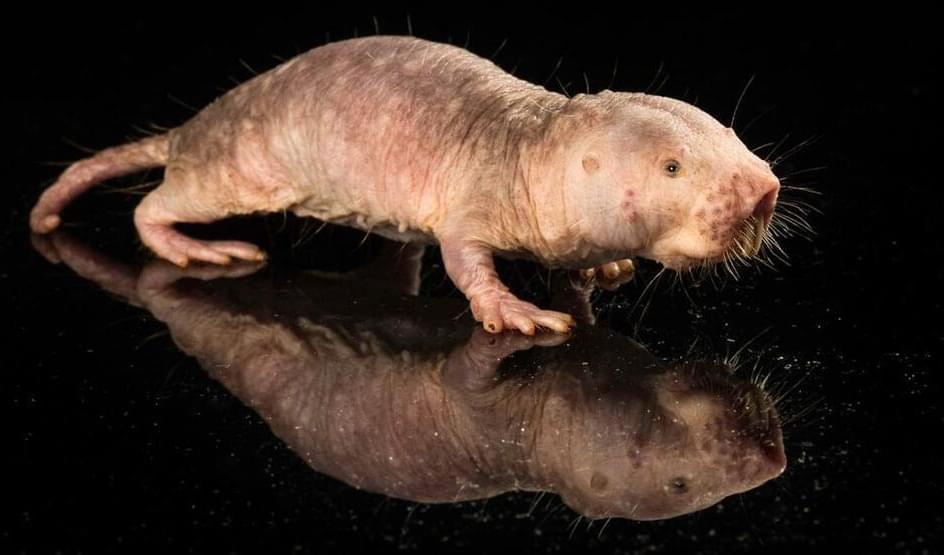Aug 29, 2023
Pulsars Detected the Background Gravitational Hum of the Universe. Now Can They Detect Single Mergers?
Posted by Shubham Ghosh Roy in categories: cosmology, physics
After over a decade of observations of pulsars, astronomers could finally tease out the gravitational wave background of the Universe, the combined signal from merging supermassive black holes. But it was just the general presence of mergers, not specific events. A new paper proposes that the same pulsars could next be used to detect the gravitational waves from individual merging supermassive black holes. The more nearby pulsars astronomers can find, the more accurate their measurements will become.


















